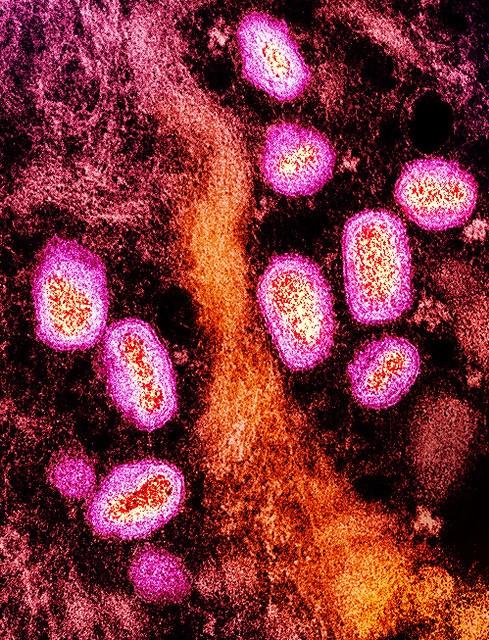A new retrospective analysis of the California State Inpatient Database during 2020 shows Hispanic residents were disproportionately affected by the pandemic, with both the highest mortality rates and intensive care unit (ICU) admissions throughout the state.
The study, published in Scientific Reports, and adds to the growing body of literature showing significant racial disparities during the COVID-19 pandemic in the United States.
All hospitalizations for adults ages 18 and older were included in the final analysis. Among a total of 87,934 COVID-19 hospitalizations, Hispanics accounted for 56.5% of patients, followed by White (27.3%), Asian, Pacific Islander, Native American (9.9%), and Black (6.3%) residents of California.
When compared with White counterparts, Hispanic patients had a higher mortality risk, with a hazard ratio (HR) of 0.91 (95% confidence interval [CI], 0.87 to 0.96).
Hispanics most affected in California
Both Hispanic and Black patients had significantly greater odds of ICU admission compared to Whites (odds ratio [OR], 1.70; 95% CI, 1.67 to 1.74 for Hispanics and OR, 1.70; 95% CI, 1.64 to 1.78 for Blacks).
The risk of all-cause in-hospital mortality was significantly higher among Hispanics and associated with older age, male sex, and comorbidities.
Compared with other races and ethnicities, hospitalized Hispanics were also significantly younger, with 43.9% in the age group 45 to 64 years, while among Whites (46.5%) and Asian, Pacific Islander, Native Americans (40.0%), most hospitalized patients were in the age group 65 to 84 years.
The authors of the study said the proportion of comorbidities, such as diabetes mellitus, obesity, and liver disease, were highest among Hispanics.
"In this study of COVID-19 hospitalizations in California, the risk of all-cause in-hospital mortality was significantly higher among Hispanics and associated with older age, male sex, and comorbidities," the authors concluded.
















